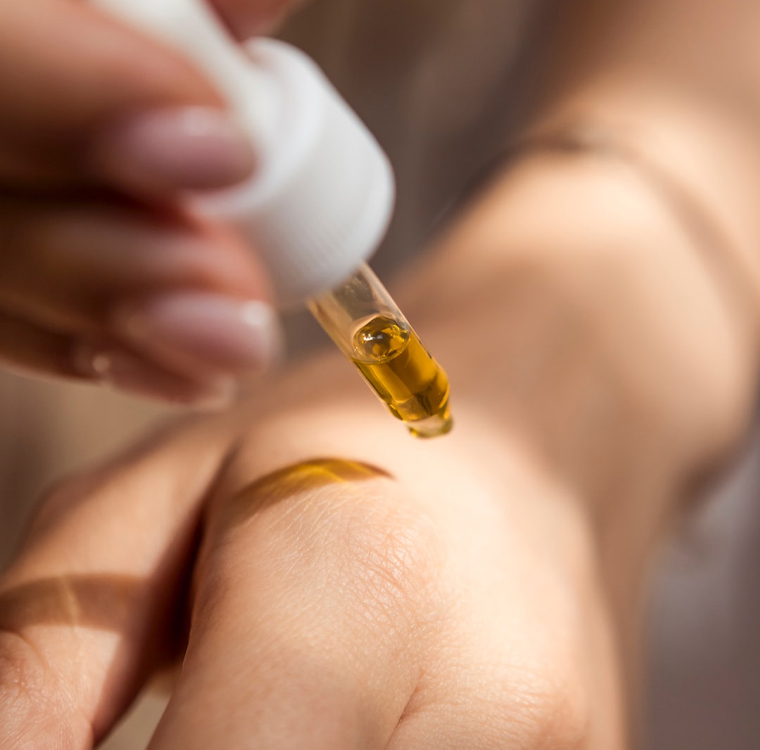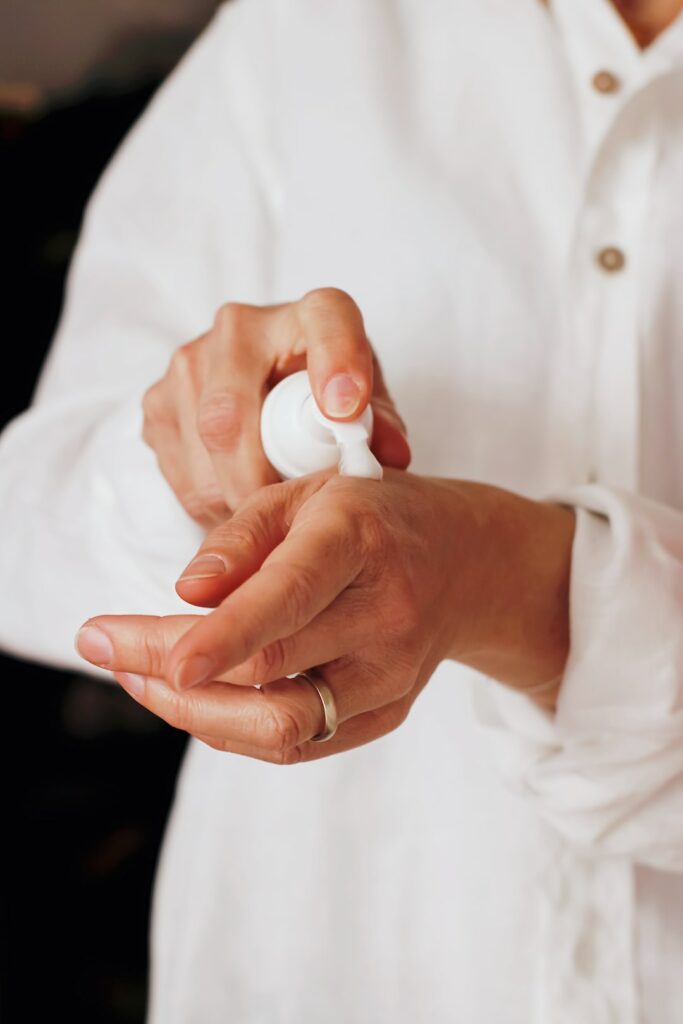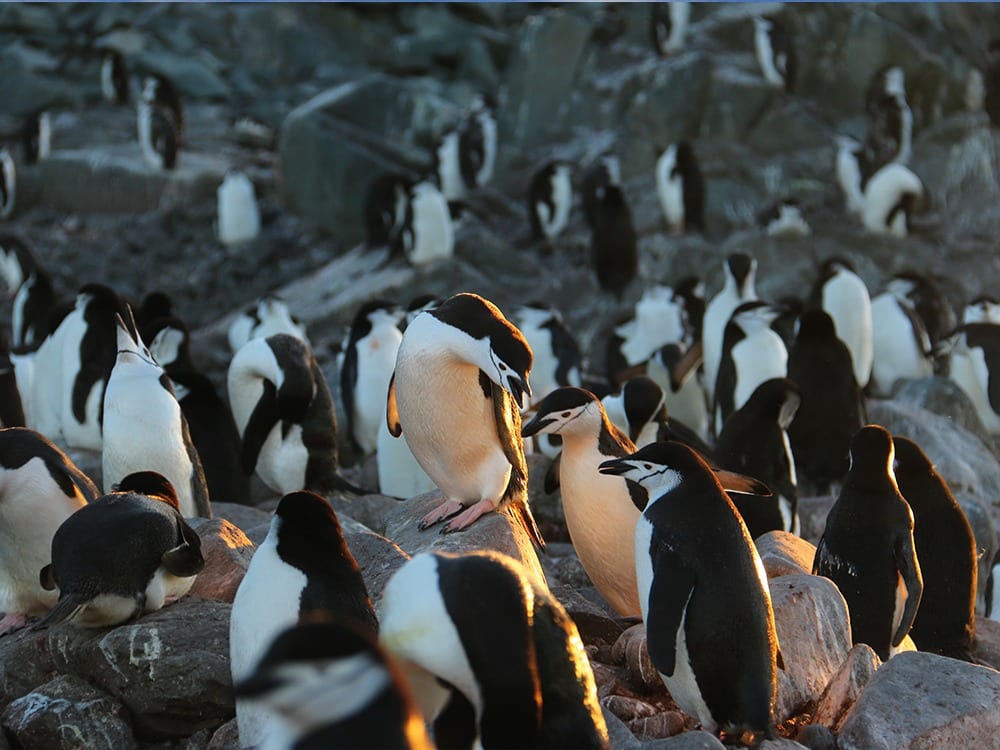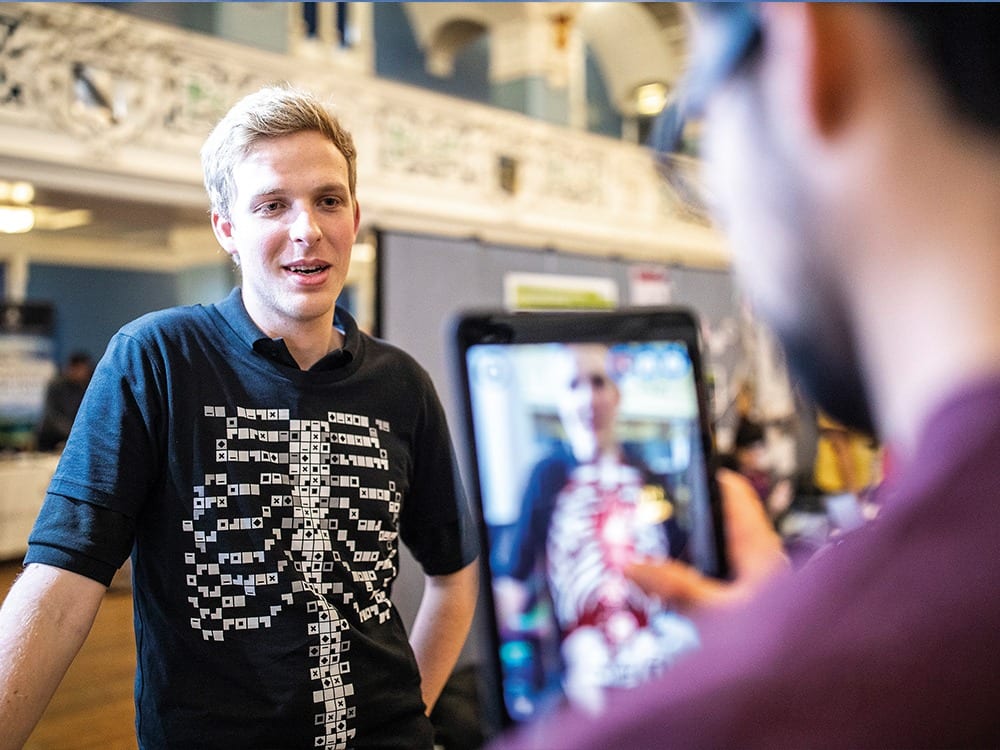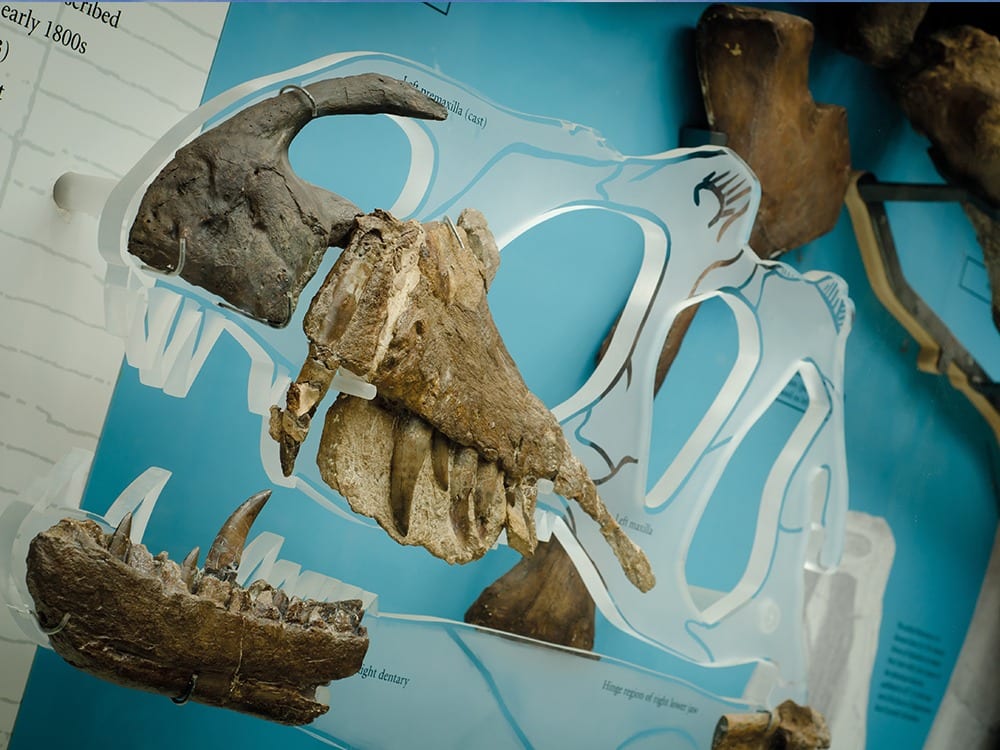Tomorrow’s STEM talent has been honoured at the Oxfordshire High Sheriff Young Engineer Awards
Well done to everyone who took park in the recent High Sheriff Young Engineer Awards Abingdon & Witney College to recognise students who show great promise in the fields of engineering, resistant materials and design technology.
State schools across the county were invited to nominate students aged 12-18 across three age categories in the awards sponsored by Abingdon & Witney College, The Engineering Trust and Lucy Group Ltd, a long-standing Oxford company that engineers smart electrics for the built environment.
The judging panel comprised Richard Dick (executive chairman, Lucy Group), Sally Scott (High Sheriff of Oxfordshire), Andy Linfoot (engineering director, Lucy Electric) and Mark Vingoe (CEO, The Engineering Trust). Prizes included £400 for the winning student in each category and £1,000 for the students’ respective school or college. There were also runner-up prizes in each category, a Team Award and an overall High Sheriff Award.
Richard Dick, judge and founder of the Oxfordshire High Sheriff Young Engineer Awards, said: “The calibre of entries this year was excellent, so I applaud everyone who was nominated. The next generation of students who choose STEM careers will be instrumental in finding the scientific and engineering solutions to some of the world’s biggest challenges. Seeing how these promising young engineers think – and turn concepts into reality – gives me every reason to believe that we will be in good hands.”
The winners
Year 12 & 13 award
Winner: Kye Gustafsson – Abingdon & Witney College
Kye is an avid CAD user who designed and made a working centrifugal pump. The judges were particularly impressed that he constructed the impeller, drive shaft, bracket and housing. He CNC milled the impeller blades, turned the drive shaft on a lathe and milled the keyway into it. He then fabricated a bracket from sheet metal and 3D printed the housing.
2nd place: Michael Vereker – King Alfred’s Academy
As an integral member of the tech team for school productions, Michael designed and produced load-bearing structures for many of the stage sets using CAD/CAM processes. He also worked alongside a professional lighting technician to programme the productions lights. Michael has a passion for DT and has completed work experience at the Veolla Nuclear Solutions HQ (Abingdon), where he also participated in a Solidworks CAD class.
Joint 3rd place: Emily Saunders – UTC Oxfordshire
Emily is studying for a BTEC Extended Diploma in Engineering, A level product Design and A Level Maths. She was a volunteer at a nursing home, where the staff had a specific requirement for supporting one eldering gentleman with disabilities. Emily developed an aid that enabled the disabled resident to carry out everyday activities, such as writing and doing puzzles, from his wheelchair, while meeting other criteria of the brief: easy to use, deploy and store.
Joint 3rd place: Olivia Estevez – Wood Green School
Olivia likes to explore materials and product design and has developed two notable concepts. The first is a mug, inspired by Chindogu product design principles, that pushes the boundaries of function and form. The second is a landscape design for the redevelopment of wasteland at school, using natural materials to create architectural sculptures that connect different areas into one harmonious outdoor breakout space.
Year 10 & 11 Award
Winner: Tom Wigley – St Birinus
Tom designed and made a metal desk lamp. The judges noted his attention to detail in respect of both ergonomics and aesthetics. His design included the electric circuitry and wire harness, while he demonstrated considerable metalworking skills in fabricating and assembling the components. He also considered the practicality of putting his prototype into production. Tom is a founding member of the school’s Enginerring Club and has helped support Y7 students with slot car designs and construction.
2nd place: Lilly Broome – Burford School
Lilly has demonstrated extensive engineering design and production skills, using a variety of processes such as heat treatments, finishing, centre lathe work – including knurling and thread cutting – and the use of CAM and CNC machinery, enabling her to create products to an outstanding level of tolerance. Examples shown included an attractive red & black pivot desk lamp with an hourglass shaped hood.
Joint 3rd place: Jed Thorburn – Futures Institute
Jed’s projects have ranged from desigining and building a water turbine as part of a project linked to Intermediate Technology, designing a glider for an RAF competition, redesigining a school from scratch (a theoretical disaster recover competition from the international education organisation BIEA) and designing an app to encourage children to spend more time outdoors.
Joint 3rd place: Leon Conway – Burford School
Leon has demonstrated excellent design and production skills, utilising a wide variety of manufacturing processes – including cutting, wasting, routing, finishing, electronics and the use of CAM and CNC machinery – across various classes of material. He has created final products to a high level of tolerance, including a wooden guitar made from high quality sustainable materials.
Year 8 & 9 Award
Winner: Lucy Busson – Fitzharrys
Lucy’s research-driven approach to Design & Technology strongly appealed to the judges. In addition to freehand drawing skills, she uses CAD with great accuracy. She communicates her design ideas well and uses research to good effect when analysing a brief. She is methodical and practical, working with tools and machines with a high degree of precision. Lucy is also interested in materials and sustainability, exemplified by a bird feeder design project that supported her nomination.
2nd place: Olivia Taylor – Chipping Norton School
Olivia designed and made a decorative lamp using a range of materials, including wood, plastic and metal. This involved forming the plastic shade out of acrylic, using a commercial oven and a jig, cutting and shaping hardwoods using hand tools (including a tenon saw and chisel), and using electrical woodworking equipment such as a band facer and pillar drill. She also cut metal to size to form pivot points for the mechanism. Olivia finally decorated her product with a range of beads sourced from the Textiles department.
Team Award
Winner: UTC Oxfordshire – Hannah Weston, Charlotte Turner, Maddie Pryce, Floyd Rayner, Thomas Bristow, Cambell Payne.
This team of year 12 students is taking part in the Engineering Development Trust (EDT) Industrial Cadets Gold Award, working with Abingdon-based aerospace company Reaction Engines, who have set them a challenge of recovering heat and converting that to energy. The UTC team consists of 50:50 males/female students and a mix between Engineering and Science students.
The students attend fortnightly meetings with Reaction Engines, project managing themselves, and work as a close-knit team to engineer a waste heat to power solution. They attended a residential at Bath University as part of the programme, where they worked on the project alongside their mentors from Reaction Engines. The judges were influenced by the ambition and aptitude of the students, who are using industrial CAD packages (Fusion 360) and complex maths to model their concept before manufacturing the high-precision prototype using nanotubes and machining 0.8mm holes using CNC milling processes.
High Sheriff Award
Winner: Kye Gustafsson – Abingdon & Witney College
The judges deemed Kye worthy of the overall High Sheriff Award due to the sheer professionalism of his end-to-end centrifugal pump design and build project (described above), including full supporting documentation.











